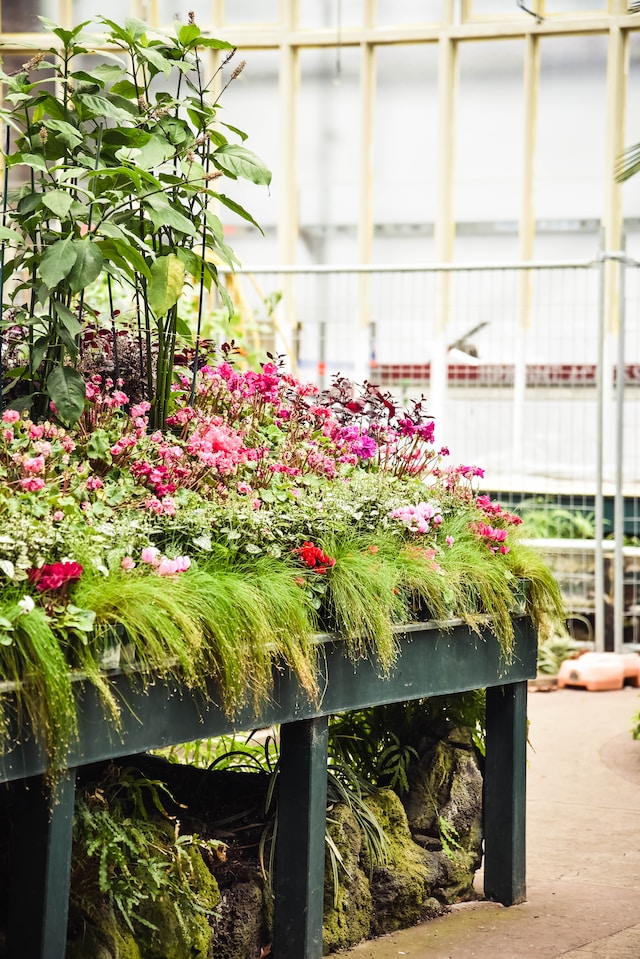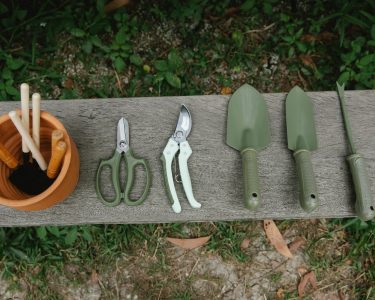Introduction:
A flower garden is a delightful addition to any outdoor space, bringing beauty, fragrance, and a touch of nature’s magic. Whether you have a small balcony or a sprawling backyard, creating a flower garden allows you to express your creativity and enjoy the wonders of nature. In this article, we will explore the essentials for creating a beautiful flower garden that will be a vibrant oasis of color.
1. Planning and Design:
Before diving into the world of flowers, it’s important to plan and design your garden. Consider the available space, sunlight exposure, and soil conditions. Sketch out a rough layout and decide on the overall style you want to achieve. Do you prefer a formal garden with neat rows of flowers or a more natural, cottage-style garden with a mix of colors and textures? Planning ahead will help you make the most of your space and create a cohesive and visually appealing garden.
2. Soil Preparation:
Healthy soil is the foundation of a thriving flower garden. Start by testing your soil’s pH level and nutrient content. Most flowers prefer a slightly acidic to neutral pH range. If your soil is too acidic or alkaline, you can amend it with organic matter or lime to adjust the pH. Additionally, enrich the soil with compost or well-rotted manure to improve its fertility and drainage. Well-prepared soil will provide the necessary nutrients for your flowers to grow strong and vibrant.
3. Choosing the Right Flowers:
Selecting the right flowers is crucial for a beautiful and long-lasting display. Consider factors such as bloom time, height, color, and fragrance when choosing your flowers. Opt for a mix of annuals and perennials to ensure continuous blooms throughout the seasons. Annuals provide instant color and can be easily changed each year, while perennials come back year after year, adding stability to your garden. Research the specific needs of each flower variety to ensure they are compatible with your garden’s conditions.
4. Planting and Maintenance:
When it comes to planting, follow the instructions provided for each flower variety. Pay attention to spacing requirements to allow proper airflow and prevent overcrowding. Water your flowers regularly, especially during dry spells, and mulch around the plants to retain moisture and suppress weeds. Deadhead spent blooms to encourage new growth and remove any diseased or damaged foliage promptly. Regular maintenance, such as pruning and fertilizing, will keep your flower garden looking its best.
5. Attracting Pollinators:
To create a thriving ecosystem in your flower garden, consider attracting pollinators such as bees, butterflies, and hummingbirds. Plant a variety of nectar-rich flowers that bloom at different times to provide a continuous food source. Avoid using pesticides that can harm these beneficial creatures. By attracting pollinators, you not only enhance the beauty of your garden but also contribute to the pollination of other plants in your area.
Conclusion:
Creating a beautiful flower garden is a rewarding endeavor that allows you to connect with nature and create a vibrant oasis of color. By planning and designing your garden, preparing the soil, choosing the right flowers, and providing proper care and maintenance, you can enjoy a stunning display of blooms throughout the seasons. Remember to attract pollinators to create a thriving ecosystem and contribute to the overall health of your garden. So roll up your sleeves, grab your gardening tools, and embark on the journey of creating your own flower garden masterpiece.




